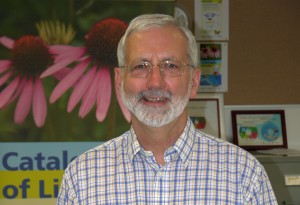Our discussion of Ruoppolo’s grapes found its way to Erika Maul, curator of the German grape collection and manager of the European Vitis database. ((BTW, the brand new and much awaited ECPGR RSS feed tells me this database has recently been improved.)) Many thanks to Helmut Knuepffer for facilitating that process and for providing this translation of Erika’s comments.
About 20 years ago I tried the to solve the confusion concerning Pizzutello, Cornichon Blanc, Dedo de Dama, Kadin Barmak, Lady’s Finger Grape, etc. from behind my writing desk. Since this turned out to be impossible, I then introduced grape varieties from different germplasm collections, to get the thing on track. For various reasons, I did not succeed and since then I did not take up the matter again.
However, what appears certain to me is that these grape forms had quite some importance as a curiosity, due to the particular shape of their fruits. (That shape evolves when the seeds do not develop. The well-shaped outer part includes a seed, while in the inner shorter compartment the seed is only rudimentary.) Presumably these forms come from the Near East, and they do not ripen in our northern growing areas — even in warmer summers.
That will make a nice project for someone some day…
